Fragments of Modernity: The Elegance of Imperfection
In this project, I explore the concept of beauty through distortion and speed, inspired by Simulacra and Simulation and the rapid modernisation of South Korea. Reflecting on my country's fast-paced growth, I examine how acceleration affects both society and visual aesthetics. By using 3D scanning and experimental rendering techniques, I intentionally tear and warp visual spaces to uncover an aesthetic that embraces brokenness. This "grotesque" quality, typically seen as a flaw, is reinterpreted to reveal its hidden beauty. The project's final output will combine vertical motion graphics and 3D-scanned objects, capturing the interplay between destruction and shine. Ultimately, my work challenges traditional ideas of perfection, showing that even in distortion, there is brilliance to be found.
This project investigates the aesthetics of distortion through the lens of speed and systemic pressure, drawing conceptual inspiration from Jean Baudrillard’s Simulacra and Simulation and the rapid modernisation of South Korea. As a response to my country's complex and accelerated transformation over the past century, the work critically reflects on how such velocity has reshaped not only societal structures but also visual perception.
The inquiry began with a personal question: why do I feel such unease within the system that surrounds me? The answer, I discovered, lies partly in my nationality. South Korea, often celebrated for its cultural exports and economic achievements—such as K-pop and technological prowess—also suffers from stark contradictions. Beneath its modern image lie troubling statistics: the highest suicide rate among OECD nations and the world’s lowest fertility rate. These social imbalances point towards an unsustainable pace of growth, epitomised by the ubiquitous phrase “빨리빨리” (“quickly, quickly”), which has come to symbolise the country’s collective psyche.




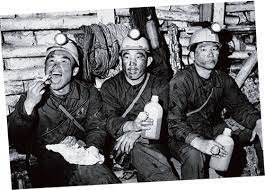







Phase 2 ,둘 Doo-eul.
Jeon Tae-il (Korean: 전태일; 28 September 1948 – 13 November 1970) was a South Korean sewing worker and workers' rights activist who committed suicide by self-immolation at the age of 22 in protest at the poor working conditions of South Korean factories during fourth Republic era. His death brought attention to the substandard labor conditions and helped the formation of labor union movement in South Korea.
The Interview with Le Clézio
I abandoned the things I’ve done. And revised everything with new eyes, then this video captured my eyes. He is the novelist Jean-Marie Gustave Le Clézio, seeing Seoul as the city being broken glass glittering itselves. I think this is the perfect sentence to my way of thinking in this project. Broken and Glittering, this sense of contrast could fit to convey my message, containing the meaning of comfort, forgiveness, and hope.












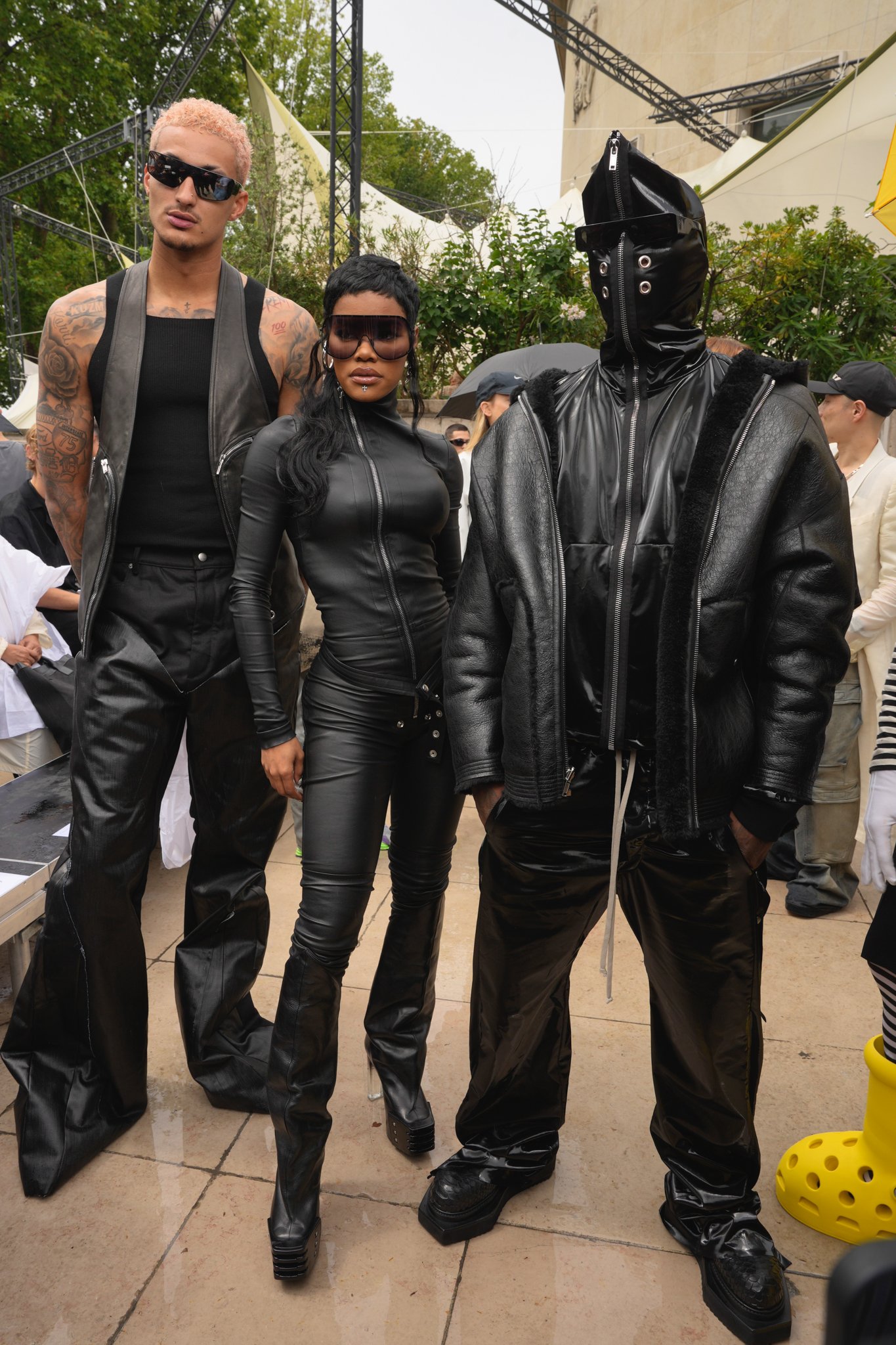


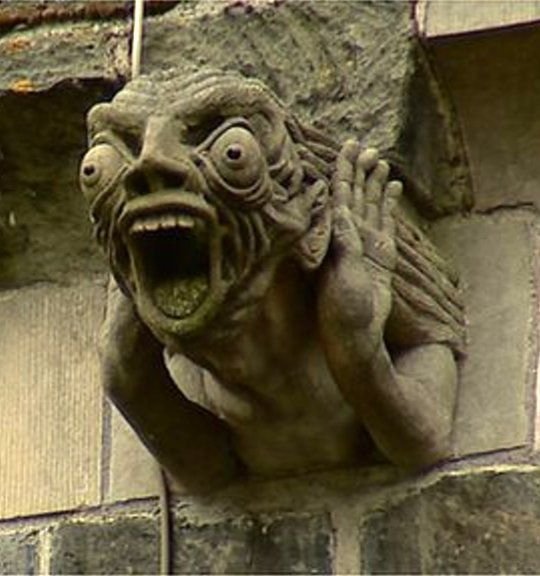


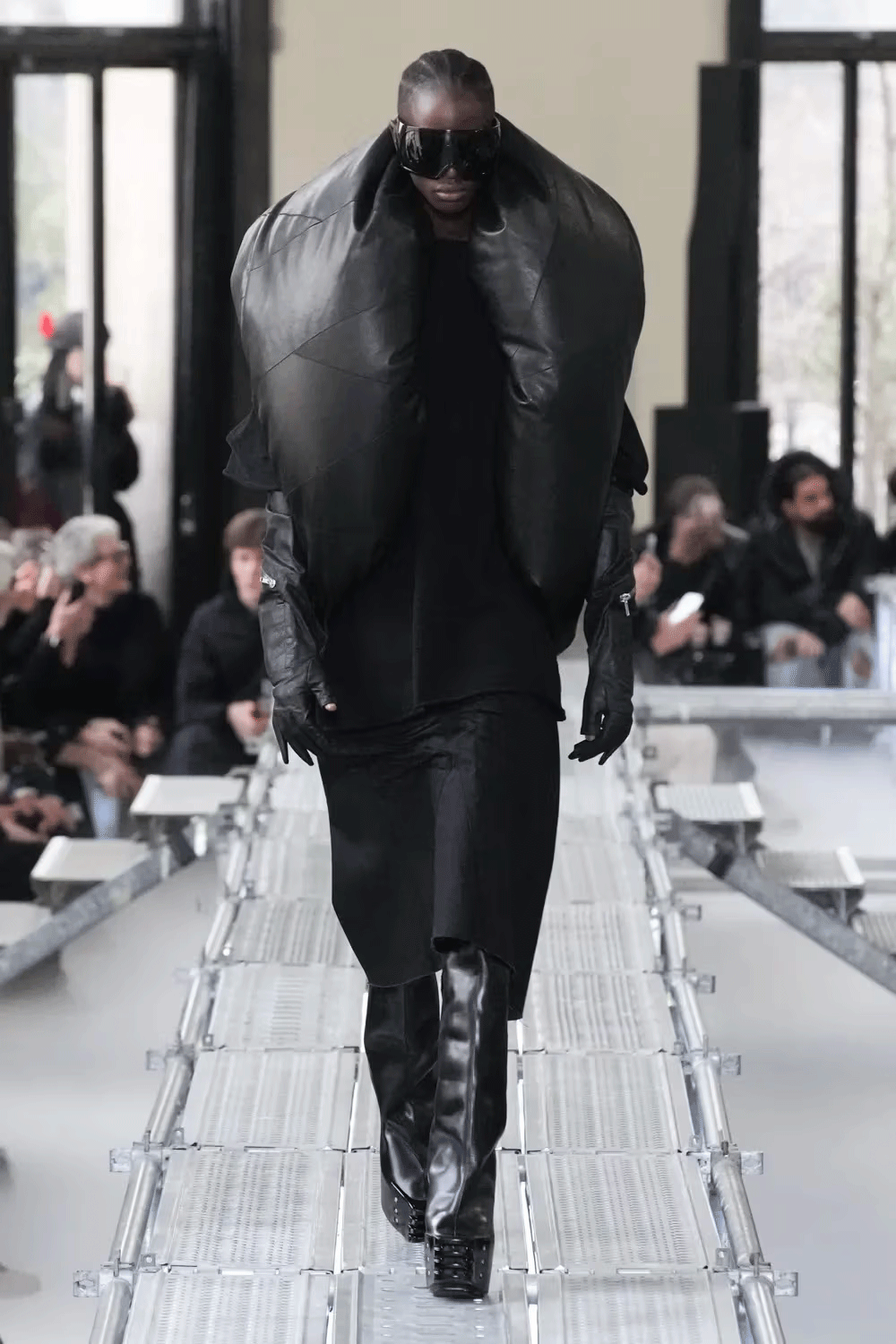



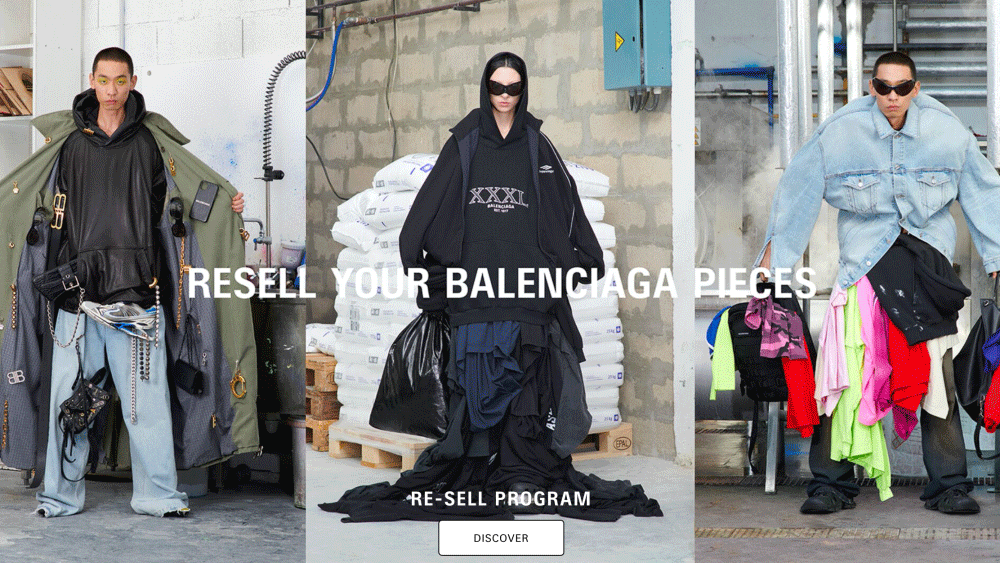
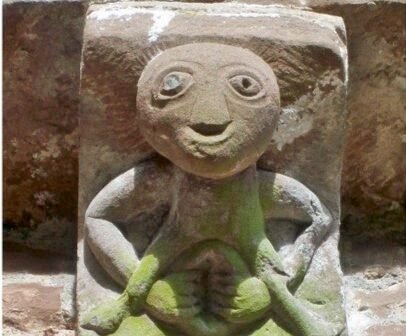
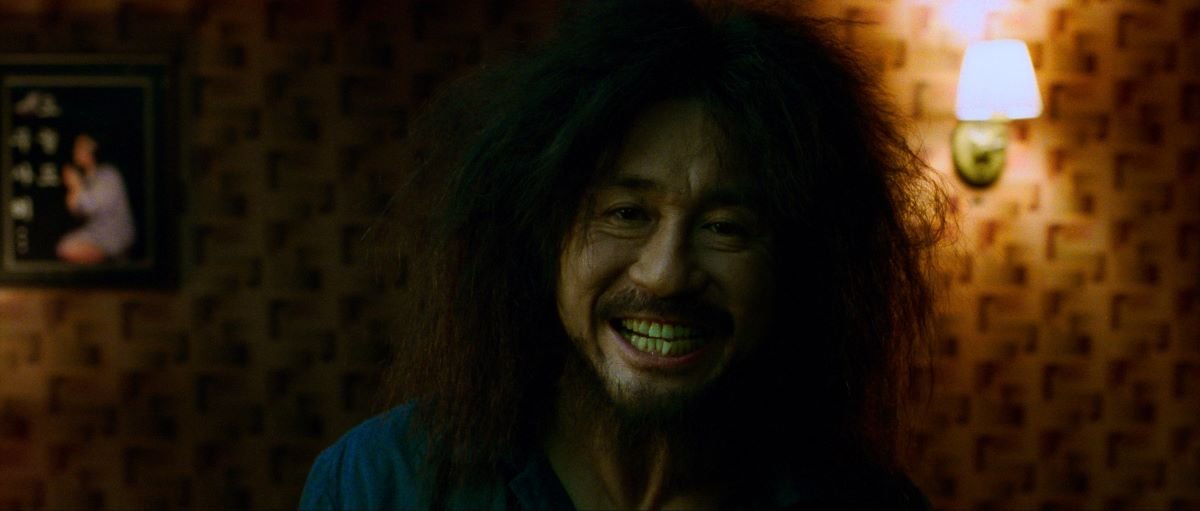
Visual Practice
To translate this tension into visual language, I employed experimental rendering techniques and 3D scanning to intentionally tear, distort, and fragment digital imagery. This method embraces what is traditionally seen as “grotesque”—a quality often relegated to the margins of taste or beauty. By reframing distortion as a site of aesthetic potential, I aim to uncover a form of brokenness that glitters with sincerity, comfort, and even hope.

Accompanied by excerpts from Koyaanisqatsi, an experimental film whose title means “life out of balance” in Hopi, the series underscores the dissonance between surface prosperity and inner exhaustion.
Ultimately, this project challenges traditional ideals of perfection and completeness. By reinterpreting distortion as an aesthetic and conceptual strategy, it proposes a visual language rooted in imperfection—where even the grotesque can offer moments of beauty, reflection, and connection.
Fragments of Modernity: The Elegance of Imperfection
Video Series, 4m, 2024
The final outcome comprises a triptych of vertically oriented motion graphics titled 하나, 둘, and 셋 (“One”, “Two”, and “Three”), each corresponding to a distinct historical phase of South Korea:
하나 (1910s–1950s): Japanese occupation and the Korean War, depicted through fragmented archival textures mapped onto an amorphous metaball, symbolising history’s persistent motion.
둘 (1960s–1980s): The period of rapid industrialisation and democratic struggle, embodied by a spectral figure in red, referencing Jeon Tae-il—a labour activist who immolated himself in protest against inhumane working conditions.
셋 (1980s–present): South Korea’s rise as a consumer-driven society, represented by a distorted shopping cart filled with empty cans, teetering between abundance and spiritual void.












